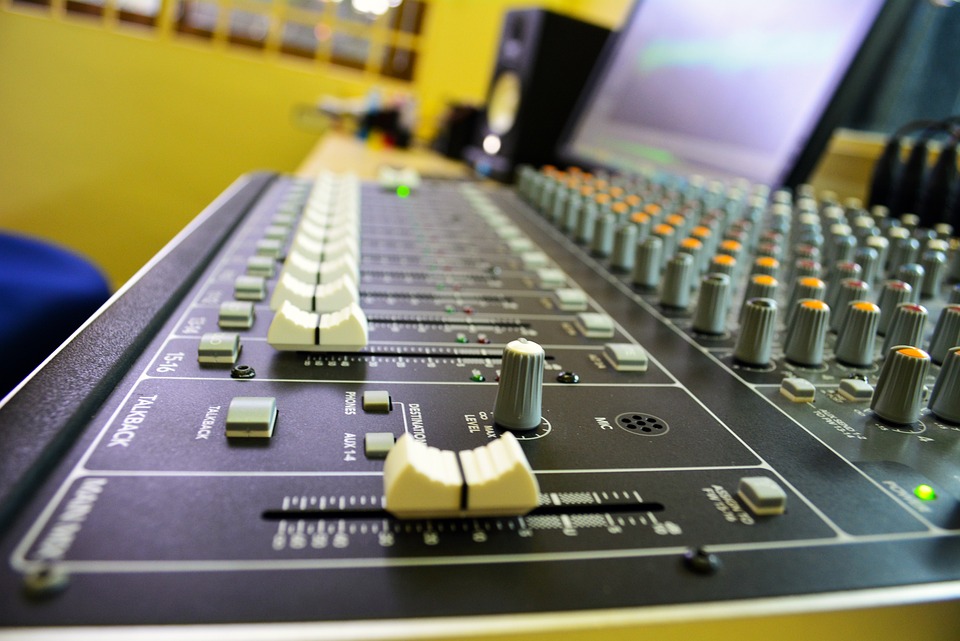The Evolution of Broadcasting: From Radio to Podcasts
The Rise of Radio
Radio has been a staple of broadcasting for nearly a century, providing people with news, entertainment, and music right in their own homes. The first commercial radio broadcast took place in the 1920s, and radio quickly became a popular way for people to stay connected to the world around them.
In the early days of radio, most programs were live, with announcers and musicians performing in real-time. Over time, radio technology improved, allowing for the pre-recording of shows and the ability to broadcast over longer distances. This led to the rise of network radio, where programs could be syndicated to stations across the country.
One of the most significant advancements in radio broadcasting was the introduction of FM radio in the 1930s. FM radio provided better sound quality and a stronger signal than the existing AM radio technology, leading to the widespread adoption of FM broadcasting.
The Advent of Television
In the 1950s, television began to emerge as a dominant form of broadcasting, with families gathering around their TV sets to watch the latest news, sports, and entertainment programs. Television quickly became a powerful medium for advertisers, who could reach millions of viewers with their commercials.
The introduction of cable and satellite television in the 1980s and 1990s further expanded the reach of television programming, allowing for a wider variety of channels and content. This led to the development of cable news networks, sports channels, and specialty programming for niche audiences.
Despite the rise of television, radio continued to be a popular form of broadcasting, with many people listening to music, talk shows, and news programs on their radios at home, in their cars, and at work.
The Digital Revolution
The advent of the Internet in the 1990s brought about a seismic shift in the broadcasting industry, as people could now access news, music, and entertainment online. This led to the rise of streaming services, where people could listen to radio stations from around the world or watch TV shows and movies on-demand.
One of the most significant developments in the digital revolution was the rise of podcasts. Podcasts are audio programs that can be downloaded or streamed online, allowing listeners to enjoy content on their own schedule. Podcasts cover a wide range of topics, from news and politics to true crime and comedy.
The Popularity of Podcasts
In recent years, podcasts have exploded in popularity, with millions of people tuning in to listen to their favorite shows. Podcasts offer a level of intimacy and engagement that traditional radio and television cannot match, as listeners can feel a connection to the hosts and guests of their favorite shows.
Podcasts have also become a powerful platform for content creators, who can produce their own shows and reach a global audience. This has led to the development of podcasts on virtually every topic imaginable, from cooking and parenting to investing and mindfulness.
The Future of Broadcasting
As technology continues to evolve, the future of broadcasting looks bright. Advances in artificial intelligence and virtual reality could revolutionize the way people consume content, with personalized recommendations and immersive experiences becoming the norm.
One thing is certain: broadcasting will continue to adapt and innovate to meet the changing demands of audiences. Whether it’s through radio, television, or podcasts, broadcasting will always be a vital way for people to stay informed, entertained, and connected to the world around them.
In conclusion, the evolution of broadcasting from radio to podcasts has been a fascinating journey, with each new technology building upon the last to create new and exciting opportunities for audiences and content creators alike. From the early days of live radio broadcasts to the rise of on-demand podcasts, broadcasting has come a long way, and the future looks brighter than ever.
